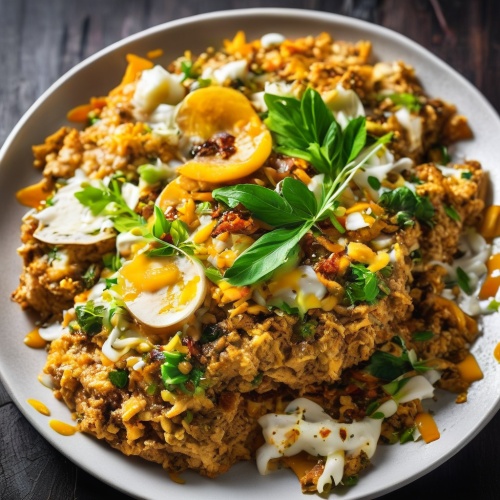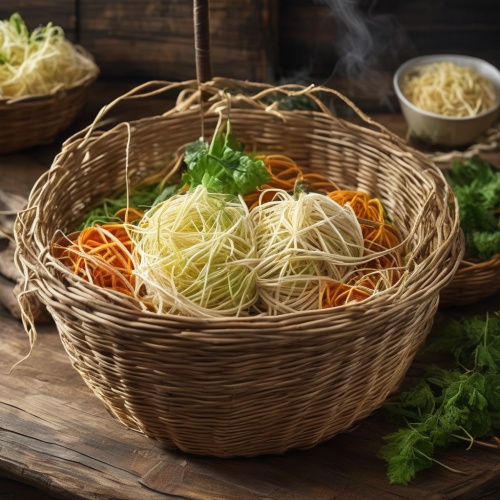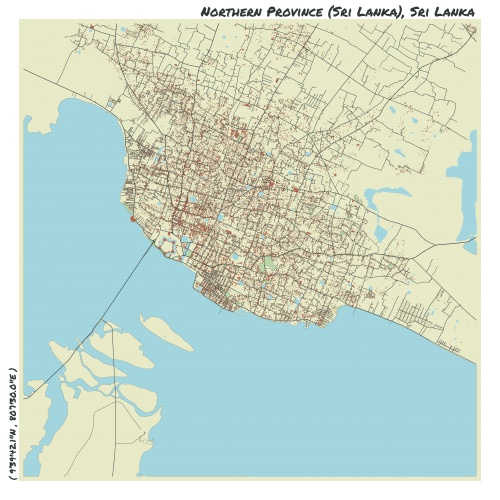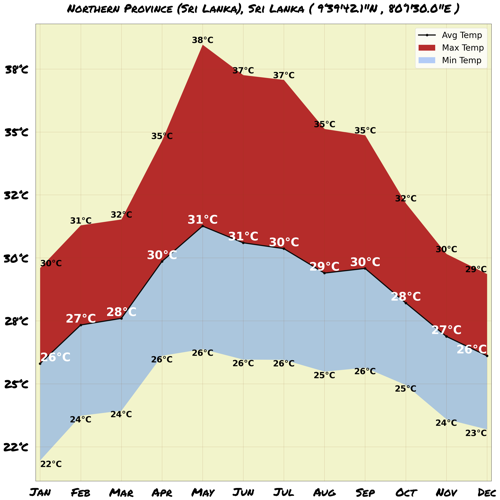Understand
Welcome to the Northern Province, Sri Lanka's Tamil country! This region has a rich history, but it has also faced significant challenges, particularly during the Civil War. As you explore, you'll notice the scars of the conflict, with shelled-out buildings and security checkpoints still present. Despite the difficulties, the people of the Northern Province are resilient and welcoming. While the area is primarily agricultural, there has been some investment in recent years to improve the region's economy. However, it still lags behind other parts of Sri Lanka. Culturally, the Northern Province is a fascinating blend of Sri Lankan and Indian influences. If you've traveled in the South of India, you'll find many similarities in the food, music, and behavior of the locals. Tamil is the dominant language here, but you'll still be able to communicate in English, especially in larger settlements. It's important to remember that the people of the Northern Province continue to face hardships and strive for equality with their fellow citizens in other provinces. As you interact with the locals, be sensitive to their experiences and the ongoing work that needs to be done for a better future.
Map & Climate
Popular Foods
 Hoppers, also known as appam, are a staple breakfast item in Sri Lanka. These thin, pancake-like crepes are made from fermented rice flour batter and coconut milk, giving them a unique texture and flavor. They are typically eaten savory, often accompanied by spicy dahl curry, fish or chicken fillings, and a side of lunu miris - a tangy chili sauce.
Hoppers, also known as appam, are a staple breakfast item in Sri Lanka. These thin, pancake-like crepes are made from fermented rice flour batter and coconut milk, giving them a unique texture and flavor. They are typically eaten savory, often accompanied by spicy dahl curry, fish or chicken fillings, and a side of lunu miris - a tangy chili sauce.  Kottu roti is a popular street food found all over Sri Lanka. It consists of flattened wheat dough, cooked on a griddle until crispy, then cut into strips. The dish is typically prepared by stir-frying the cut roti with spices, vegetables, and your choice of meat (such as chicken, beef, or fish) or made vegetarian. This hearty and filling meal is known for its bold flavors and satisfying textures.
Kottu roti is a popular street food found all over Sri Lanka. It consists of flattened wheat dough, cooked on a griddle until crispy, then cut into strips. The dish is typically prepared by stir-frying the cut roti with spices, vegetables, and your choice of meat (such as chicken, beef, or fish) or made vegetarian. This hearty and filling meal is known for its bold flavors and satisfying textures.  String Hoppers, also known as "hoppers string," are another popular dish in Sri Lankan cuisine. Made from fermented coconut milk and rice flour batter, these noodle-like strands of hoppers are thin and delicate. They are usually served as a snack or light meal, accompanied by various curries, lunu miris, and sometimes with a sprinkling of sugar and grated coconut for a sweet twist.
String Hoppers, also known as "hoppers string," are another popular dish in Sri Lankan cuisine. Made from fermented coconut milk and rice flour batter, these noodle-like strands of hoppers are thin and delicate. They are usually served as a snack or light meal, accompanied by various curries, lunu miris, and sometimes with a sprinkling of sugar and grated coconut for a sweet twist. 




Comments
NO COMMENTS